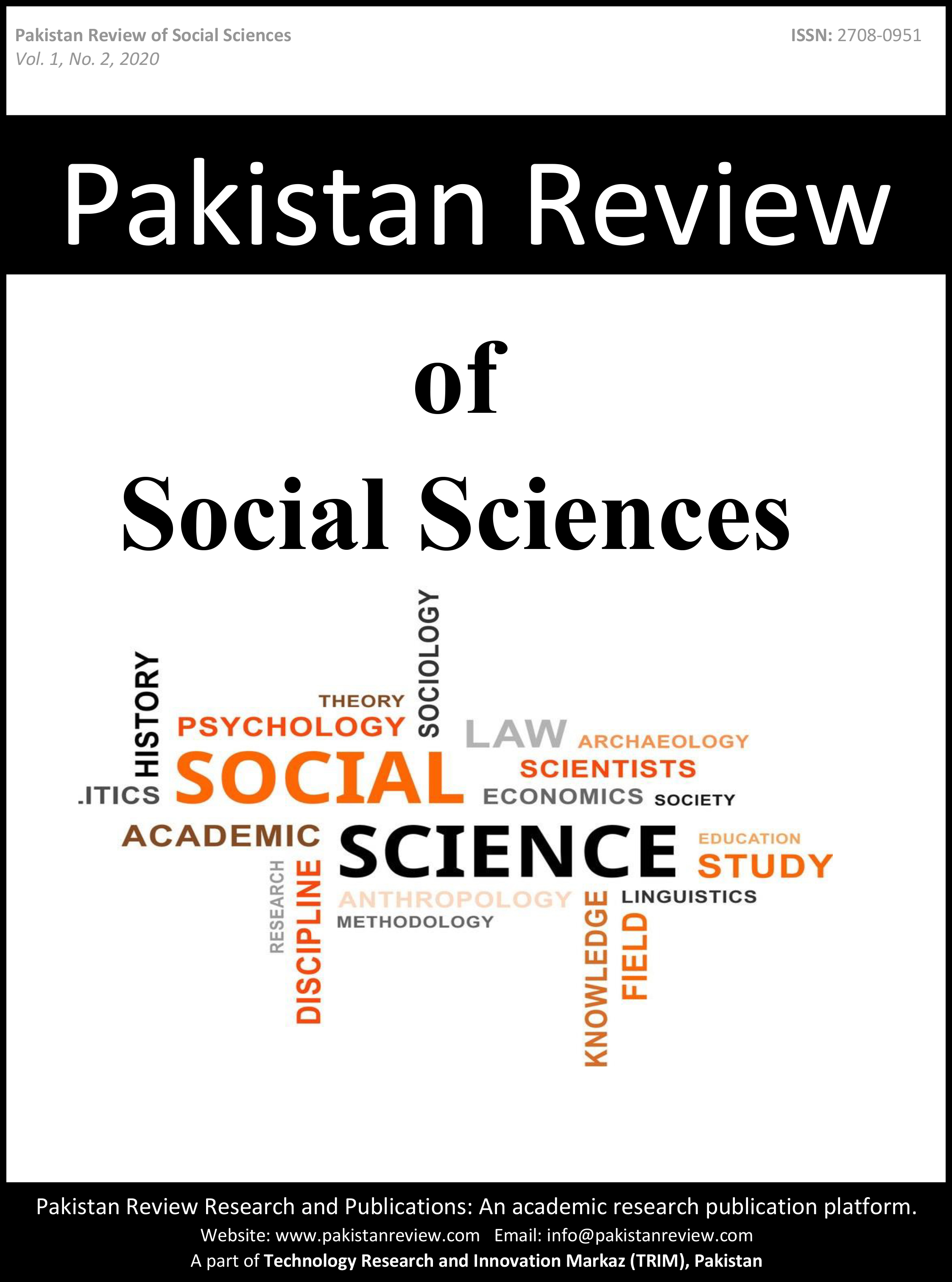Religion and Epidemics: An Islamic Perspective
Keywords:
Pandemic, Religion, ChallengesAbstract
Infectious disease can take the shape of pandemic, epidemic and endemic. When any infectious disease present in any specific society, it is known as endemic. Epidemic is the rapid exceed of cases in the disease for a specific period of a time and influence large number of population, then what is normally expected. When large number of people over broad geographical region becomes vulnerable and influence by the disease as a result of the concurrent outbreak of the disease, can take the form of pandemic. The main aim of this paper is that to analyze the different religious perspective about pandemics and epidemics in term of their causes, preventive measures and cure. The study conducted through qualitative method and data has been collected from secondary sources i.e. books, journals, research papers, newspapers etc. Broadly speaking, Muslim, Christian and Jews considered pandemics and epidemics as a punishment of God, sent down on people due to their sin or evil. The follower of these religions also favors preventive measures, medication and care for the victim of epidemics.
Downloads
Published
Issue
Section
License
Copyright (c) 2020 Dr. Sajid Hussein, Aziz Khan, Muhammad Imran Mehsud

This work is licensed under a Creative Commons Attribution 4.0 International License.
Submission declaration
Authors retain the copyright to their work and grant the Pakistan Review of Social Sciences (PRSS) the right of first publication under a Creative Commons Attribution 4.0 International (CC BY 4.0) license. This license allows others to share, adapt, and reuse the work for any purpose, including commercial use, as long as appropriate credit is given to the original authors and the journal.
By submitting a manuscript, authors confirm that the work has not been published previously (except as an abstract, lecture, or academic thesis), is not under review elsewhere, and has been approved by all authors and relevant authorities. Once accepted, the article will be openly accessible under the CC BY 4.0 license, ensuring wide dissemination and reuse with proper attribution.






